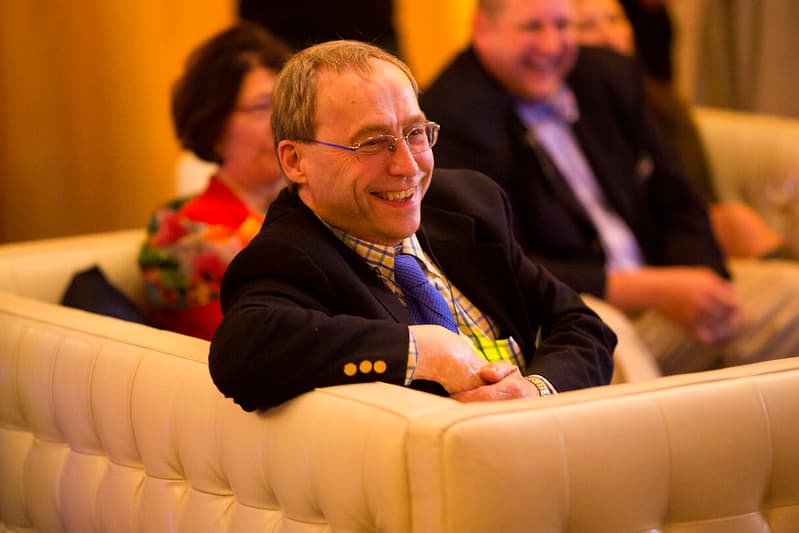
Ronald Gilgenbach: A Legacy of Innovation and Dedication in Nuclear Engineering
Prof. Gilgenbach retired from active faculty status at the beginning of 2024.

Prof. Gilgenbach retired from active faculty status at the beginning of 2024.
After more than four decades with the department, Ronald Gilgenbach, the esteemed Chihiro Kikuchi Collegiate Professor of Nuclear Engineering and Radiological Sciences, retired from active faculty status on January 1, 2024. The legacy he leaves behind is one of innovation, leadership, and a remarkable commitment to advancing nuclear science. Among his many accomplishments, Gilgenbach’s contributions to the establishment of the Nuclear Engineering Laboratory stand out as a testament to his vision and determination.
Gilgenbach embarked on his academic journey with a Bachelor of Science degree in Electrical Engineering from the University of Wisconsin, Madison, in 1972. He earned a Master of Science degree in Electrical Engineering in 1973 from the same institution. He obtained a Ph.D. in Electrical Engineering from Columbia University in 1978. Before his career in academia, he served as a member of the technical staff at AT&T Bell Labs (1974–1977) and as a research scientist at JAYCOR, performing research at the Naval Research Laboratory and Oak Ridge National Laboratory (1978–1980).
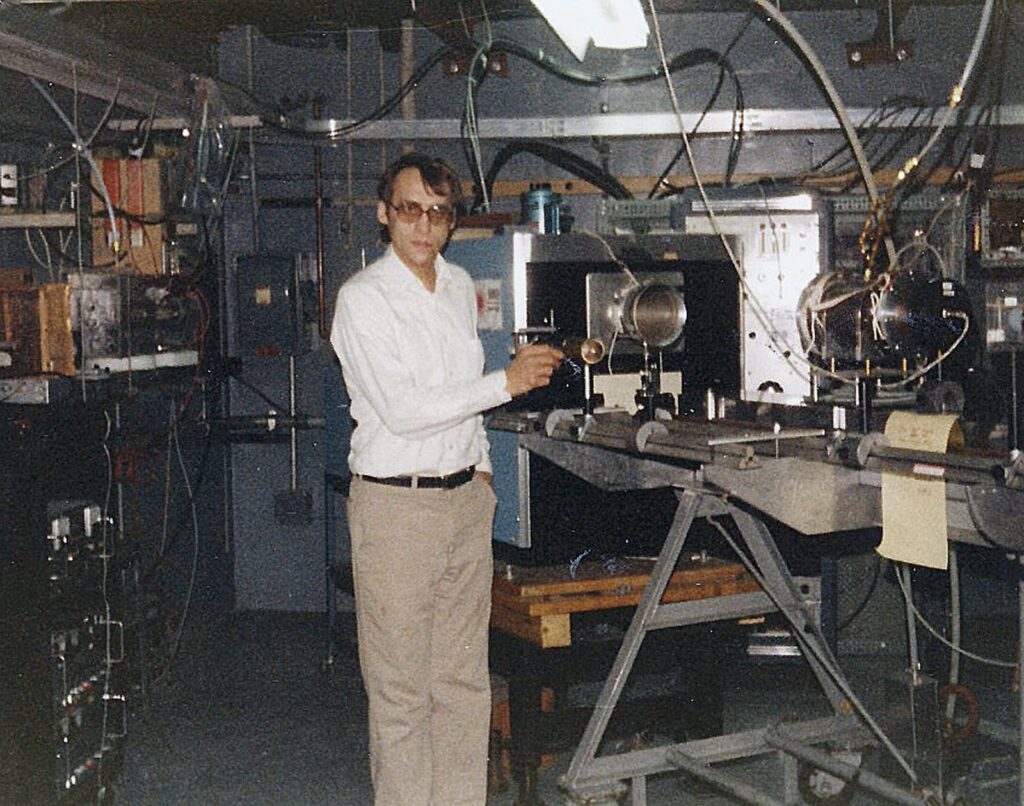
Upon joining the University of Michigan as an assistant professor in 1980, Gilgenbach embarked on a prolific career characterized by groundbreaking research and innovative discoveries. His extensive research portfolio encompasses a diverse range of fields, including plasma physics, nuclear fusion, and high-power microwave devices. He made significant strides in the fusion research arena by pioneering the use of electron-cyclotron microwave heating in fusion tokamaks, a breakthrough that revolutionized the way scientists approached this intricate process. He also patented the recirculating planar magnetron, a cutting-edge technology capable of generating ultrahigh-power microwaves for applications in radar and electronic defense.
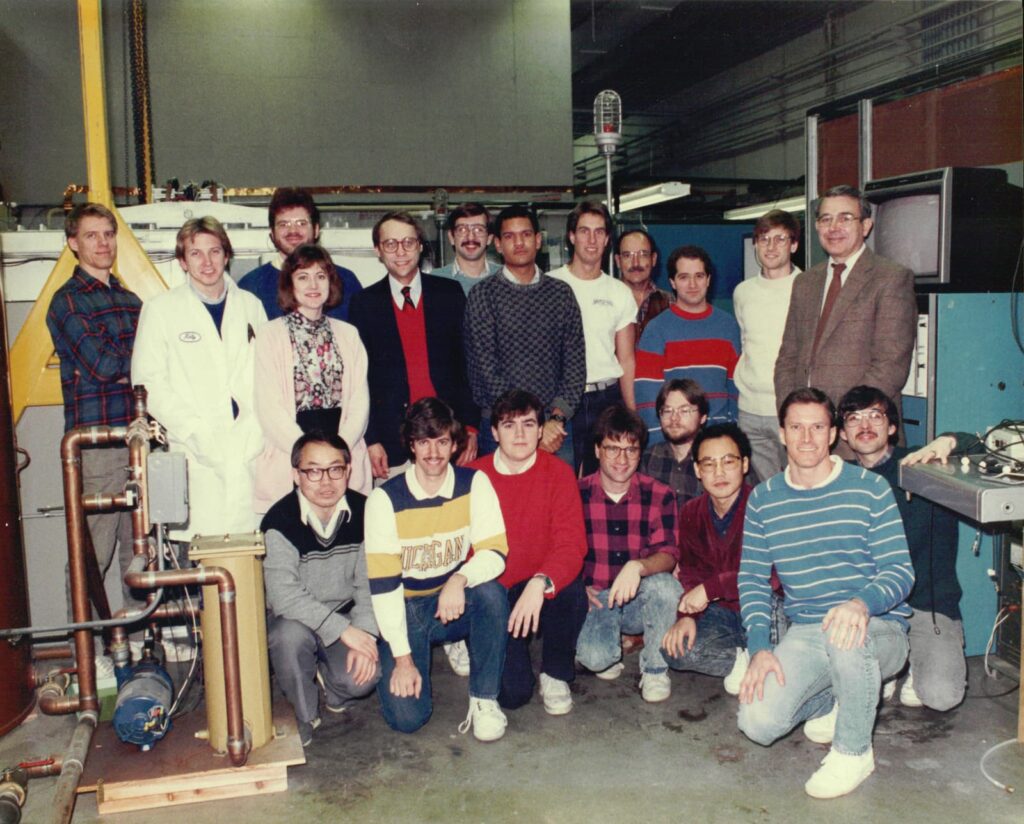
In addition to his groundbreaking inventions, Gilgenbach achieved a significant milestone by demonstrating the first mega-ampere Linear Transformer Driver (LTD) facility in the United States. This facility serves as a vital resource for studying the magneto-Rayleigh-Taylor instability, contributing valuable insights to nuclear fusion applications and advancing our understanding of this complex phenomenon.
Gilgenbach’s outstanding achievements have not gone unnoticed, earning him prestigious accolades and honors. He was recognized as a fellow of the American Physical Society in 1996, highlighting his significant contributions to the field. In 2015, he attained the esteemed title of life fellow of the Institute for Electrical and Electronics Engineers (IEEE), a testament to his enduring impact on the electrical engineering community. Further recognition came in 2017 when he was honored as a fellow of the American Nuclear Society, acknowledging his influential role in advancing nuclear science and technology.
Additionally, Gilgenbach’s exceptional contributions were acknowledged through the receipt of the IEEE Plasma Science and Applications Award in 1997, a testament to his outstanding achievements in the realm of plasma physics. In 2017, he further solidified his legacy by receiving the IEEE Peter Haas Award, an esteemed recognition for his exceptional contributions to pulsed power technology.
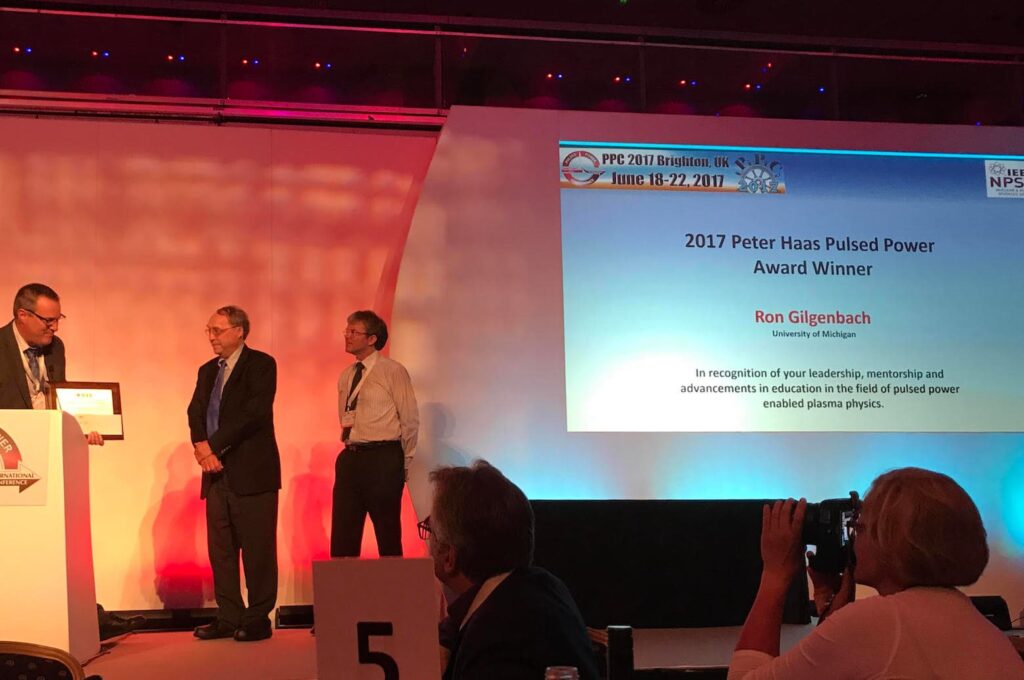
Gilgenbach’s impact on the department extended far beyond his research endeavors. He founded the Plasma, Pulsed Power, and Microwave Laboratory (PPML) in 1980, serving as its director until 2021. He served as chair of the department from 2010–2018. He also served as chair or co-chair of 54 doctoral committees, guiding and shaping the research efforts of aspiring scholars. His contributions are reflected in his extensive body of work, including over 200 peer-reviewed journal articles, multiple book chapters, five patents, and a wealth of conference papers and abstracts, totaling over 400.
One of Gilgenbach’s most significant achievements at NERS was his pivotal role in transforming the Ford Nuclear Reactor into the state-of-the-art Nuclear Engineering Laboratory (NEL). After the decision to decommission the reactor in 2002, Gilgenbach conducted a comprehensive space analysis and devised a plan to accommodate the increasing number of faculty and research activities. He recognized the potential of the former reactor site due to its shielded walls and proximity to relevant facilities.
Gilgenbach collaborated closely with architects and engineers and was an active participant in the design process. He presented the idea of building an accelerator facility for homeland security and nuclear nonproliferation experiments to alumnus Dr. J. Robert Beyster, securing a significant donation. With an additional funding commitment from College of Engineering Dean Dave Munson, the project gained momentum.
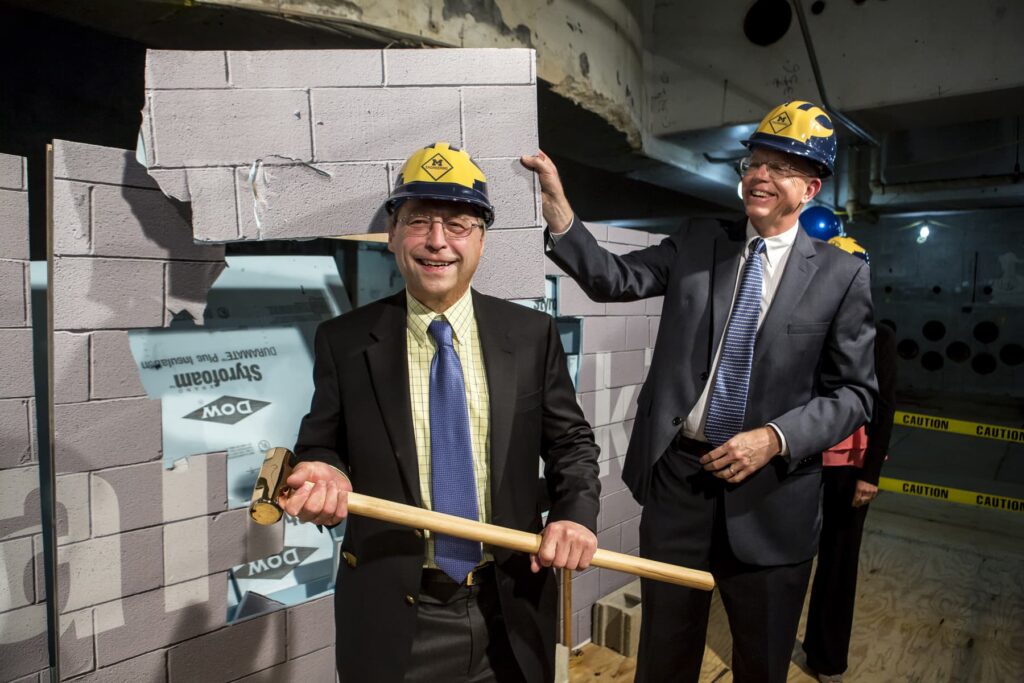
Under Gilgenbach’s guidance, the Regents approved the Ford Nuclear Reactor Renovation Project, and despite challenges such as the difficult demolition process, the NEL was completed on schedule in April 2017. The facility now houses cutting-edge laboratories led by renowned faculty, fulfilling the vision Gilgenbach had outlined. His efforts were instrumental in realizing the transformation of the former nuclear reactor site into a hub of advanced research, carrying forward the legacy of the Michigan Memorial Phoenix Project.
As Gilgenbach enters retirement, his contributions to the fields of plasma physics, nuclear fusion, and high-power microwave devices will undoubtedly leave an enduring impact and inspire future generations. Here is what just a few of them had to say about his legacy:
“Dr. G produced some of the best experimentalists in the field of HPM,” said former student, Wilkin Tang. “Although I was not straightly speaking an experimentalist, I did learn a lot from Dr. G and also some of his students. Many of Dr. G students had gone on and held senior positions at various research organizations. I am grateful to have the opportunity to study under Dr. G and I wish Dr. G the best as he embarks on his retirement adventure.”
“Professor Gilbenbach once allowed me (as a theorist) to work in his lab to make conducting strips on a dielectric window,” said Peng Zhang, a former graduate student, now an Associate Professor at MSU. “Though he knew what I did (sticking copper tapes on the window) would not work under high power, he just smiled and walked away. I thank him for his support and hope he enjoys his retirement!”
“I’ll always remember how strident Ron was about the importance of good lab notebook practice and ‘data hygiene,’” said former student, Dave Jordan. “At the time, it didn’t seem too unusual, since everyone in the group followed his lead. When I started working after I finished graduate school, people were often very complimentary about how I was always carrying a notebook and taking notes in it. It’s a habit that has served me well in my career and saved my neck a few times. I’m sure every one of Ron’s former students has a few unique memories that come up just hearing the phrase ’lab notebook.’”
“Professor Gilgenbach hired me into his laboratory as a freshman undergraduate,” said former student, Drew Packard. “I knew nothing about plasma physics or the research I would end up doing, but he gave me the chance to grow and learn in a strong and comfortable environment. It paid off for me tremendously, and I will never be able to thank him enough for building up my confidence, or for the opportunity and wisdom he has provided throughout my career.”
Gilgenbach worked closely with Prof. Y.Y. Lau during their tenures at NERS. Their intellect and expertise complemented each other, forming a duo that inspired students and peers alike. Former student Nick Jordan had this to say about the pair:
“From taking Ron’s NERS 471 class as an undergraduate, to my current position as an Associate Research Prof. continuing their research program into the next generation, I’ve had the pleasure of working with Ron and YY for over 20 years and from a wide variety of perspectives. While many things could be said about their excellence as researchers and academics, perhaps the most important is that they truly care about their students and setting them up for success. When my wife and I finished our PhDs, there was a stark contrast between the post-graduation support we each received. Ron and YY asked me what sort of work I was interested in, where I wanted to live, what companies I wanted to work for, and then did what they could to connect me to relevant opportunities. My wife was more or less on her own, and actually ended up getting a couple of leads from Ron and YY despite graduating from a totally different department! While they have graduated a combined 80+ PhD students, there is perhaps no one whose career has been as heavily impacted as my own. I will be eternally grateful for the support they have given me, and wish them all the best in retirement.”
“Professor Gilgenbach has had a fantastic career,” said Prof. Ryan McBride. “He has made major contributions to several areas of research, including fusion plasmas, high-power microwave sources, z-pinch physics, pulsed power technology, and more. He has graduated 50+ PhD students! I can’t even imagine that kind of productivity! He has had a tremendous impact on so many lives, including my own—he recruited me to Michigan and then mentored me to ensure my success once I got here. He founded, built, and led the Plasma, Pulsed Power, and Microwave Laboratory, which now has over 40 years’ worth of world-leading infrastructure. His students have gone on to become leaders in their fields. He worked tirelessly as department Chair to ensure the construction of the NEL while maintaining the department’s national (and international) prominence. I am honored to have gotten the chance to work with him during my seven years here at U-M, and I am looking forward to continuing to work with him as he transitions to Professor Emeritus. I wish him and his family all the best as they begin this new and exciting (and well-earned) time together!”
Gilgenbach
Academic Tree
Explore the rich academic legacy of Professor Ron Gilgenbach, who advised or co-advised 54 students at the University of Michigan’s Department of Nuclear Engineering and Radiological Sciences. Delve into his profound impact on the field by navigating through his academic tree.
